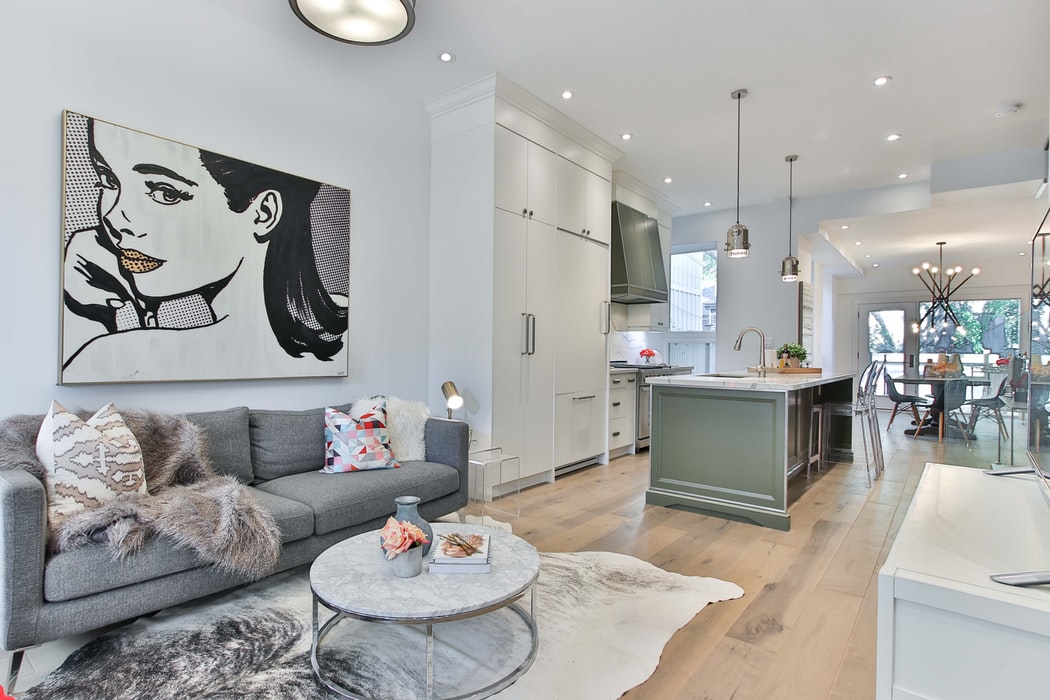Today we’re going to talk about what is

Proper Way to Offer Purchase
Good day! Today we’re going to talk about what’s the proper way to make an offer to purchase for a property.
You know, after all these 90% efforts of going around, checking the web, jumping from one property to another, talking to a lot of agents, seeing properties for months, going back home thinking about it, talking about it with your trusted relatives or probably your better half, after all of this has been done and over with and you finally found the dream home that you really like, now it’s time to draft an offer letter for that property.
But how do you do it? Where do you start? What are the things that have to be found there? How do you make it clear? Is it only the price that you have to give? What are the important things that have to be found there?
Today we’re going to clear some of these issues up so that you can finally properly submit a proper offer and minimize the misunderstanding between the buyer and the seller.
The sale is made when there is a meeting of the minds. That means the buyer understands what he’s buying into, and the seller understands what the buyer is offering, and it all starts with an offer letter.
Normally in the course of business some people would make a verbal offer, meaning to say if a property is priced at, say for an example, 500,000 Pesos and you make an offer for 400,000 Pesos, what does that entail? I know you’re offering a lower price but there are so many things that are lacking in this kind of offer.
Is it how it’s supposed to be phrased? Actually that’s not quite the right way. Price is just one factor in making an offer. There are several critical parts to an offer letter for it to be a completely acceptable one or at least to avoid any misunderstanding between the buyer and the seller.

Number one that we have to indicate in the offer letter is the property details.
Normally, this is highly overlooked. Some people just put house and lot in so and so. But sometimes when you’re purchasing a property, just so we’re clear, you have to be very specific as far what you’re purchasing.
Are you purchasing, say for example, the condominium without the parking or does it come with the parking? Is the condominium’s parking slot a tandem parking slot? Or is it side by side? Are you buying a property, a single house seated on two lots that were adjoined? Or are you buying only one property?
So it would actually really help if you become very specific as to what you’re purchasing. At the title of the offer letter you can indicate you’re buying, say for example, village name, block and lot number, and then a title number. That’s going to be very beneficial for you so that at least you’re clear as far as with what you’re buying, and the seller knows that this is also what you’re buying.

Number two is of course your price.
Of course everybody has an asking price, and every buyer of course would want to get a good deal. This is the part where you can indicate the price that you want to offer for the property. Of course you can’t make it too low, that’s just going to simply insult the seller. If you call the asking price depending on the situation you might not be getting a good deal.
But if there are two or three more offers for the same property, then maybe calling the asking price or maybe even adding a little bit of premium to encourage the seller to take your offer instead of the others, it could be a good incentive.
Now, in this portion you become specific with the price, you can put it all the way to the decimal point, it’s fine.

Number three are the terms.
The terms are a critical part of the offer letter. Not just because you said, like in the earlier example, if the property is priced at 500,000 Pesos and you make an offer for 400,000 Pesos, and the seller agrees, and then suddenly the buyer flanks out and says “Oh, I’m going to have to pay this in 10 installments in 10 years, so I’m going to pay you once every year.” And then of course the seller is going to get mad.
So it’s very important just to itemize the terms in the offer sheet. So if you’re offering, just for the sake of discussion, 400,000 for that 500,000 worth property, you have to indicate the terms. Is it going to be cash in 30 days? Cash in 7 days? Cash in 45 days? Because this timeline is an important factor in the owner accepting or rejecting your offer. So you have to indicate this for sure. This is going to be one of the most critical portions of the offer letter.

Number four is the division of fees.
In the Philippines the standard is the capital gains tax and the broker’s fees are shouldered by the seller and the buyer shoulders the transfer tax, documentary stamp tax, and title transfer fees, and any other fees that are relevant to transferring the title on their behalf. Any incidentals as well are shouldered by the buyer. While this is not cast in stone and everything is always negotiable depending on both parties.
This is just basic standard. As part of your offer letter you have to be clear which portion of the title transfer process is going to be shouldered by who, and which fees are going to be shouldered by who. It’s very important because if you make an offer, again going back to the earlier example, 400,000 Pesos, and then the seller accepts and then he immediately says “Oh that’s my net. I’m not going to accept any fees on top of that.” Then the deal is screwed.
So in structuring your offer letter it has to be important that you also indicate who’s going to shoulder which fee so that it’s very clear from the get-go and that to make sure that all parties understand what you’re saying yes to.

One of the last but still important parts of the offer letter are the “others” part.
Some people take this for granted but actually this could be a deal breaker. Sometimes, for example, when you buy a house, some people would fight over a couch. They want it to be included, the seller doesn’t want, he wants to take it with him, the buyer wants the couch. If it’s an expensive couch, people would really fight for this most especially if you’re buying the property and it’s not inexpensive. What am I saying?
Generally it’s more advantageous to both parties on the seller and the buyer side if you make everything clear. What’s going to be included in the house? The two lampshades, the chair, the table, the dining set, living set not included, oven’s not included. Whatever might have you, it’s important to indicate what comes with the sale. Of course you will still be finalizing this later on in the contract but you don’t want to have an accepted offer and then you’re fighting about a single item supposedly on the furniture list later on. And then it blows up the whole deal. It’s always helpful to solve problems before they even appear.
So filling up this “others” part in the offer letter as to indicate what you want to include (e.g. furniture, items, conditions) would be beneficial as well.

The last part is the signature.
It’s simply a gesture of goodwill that the buyer really wants to give an honest offer to the property by affixing his signature on the document, simple as that.
So with the elements we discussed today, this is supposed to give you a quite clear idea of how to submit a proper offer. And it’s going to be able to give a seller a good idea of what he’s accepting eventually as far as the offer to the property is concerned.
So I hope today’s topic was able to give you a better idea as far as how to structure a proper offer is concerned so that the details of the deal are clear with your buyer and with your seller.

